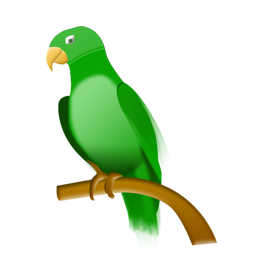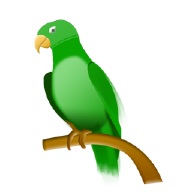
From preparing for flight readiness, to providing day-of-launch support, to delivering a critical piece of replacement hardware, NASA’s Marshall Space Flight Center played an integral role in the agency’s crew flight test to the International Space Station.
In an article signed by Wayne Smith, we read that the Starliner spacecraft – NASA’s Boeing crew flight test (CFT) powered by a United Launch Alliance (ULA) Atlas V rocket – successfully launched June 5 from Cape Canaveral Space Force Station. The flight test carried NASA astronauts Butch Wilmore and Suni Williams to the space station to test the spacecraft and its subsystems before NASA certifies the transportation system for rotational missions to the orbiting laboratory for the agency’s Commercial Crew Program.

The Boeing Starliner spacecraft successfully docked to the space station June 6. NASA and Boeing teams set a return date of no earlier than June 18 for the crew flight test. The additional time in orbit will allow the space station crews to perform a spacewalk June 13, while engineers complete Starliner systems checkouts.
“It was incredible to witness yet another historic moment in this new era of space exploration,” said Marshall Director Joseph Pelfrey. “I am immensely proud of our Marshall team for providing the critical support needed to ensure this test flight is as safe as possible. This is just one example of how Marshall is utilizing our capabilities through strategic partnerships to expand space exploration for all humankind.”
Launch Support #
Marshall’s role within the Commercial Crew Program, or CCP, is to support certification that the spacecraft and launch vehicle are ready for launch. The support team performs engineering expertise, particularly for propulsion, as well as program management, safety and mission assurance, and spacecraft support. These efforts ultimately lead up to day-of launch support from the Marshall’s Huntsville Operations Support Center (HOSC).
Eighteen Marshall team members supported the launch from inside the HOSC. The team’s primary focus was ensuring the cryo-tanking of the liquid propellants and pressurants on the Centaur and the Atlas V booster went as planned. That included monitoring the replacement self-regulating vent valve (SRV), since the valve it replaced caused the launch scrub on the first attempt.
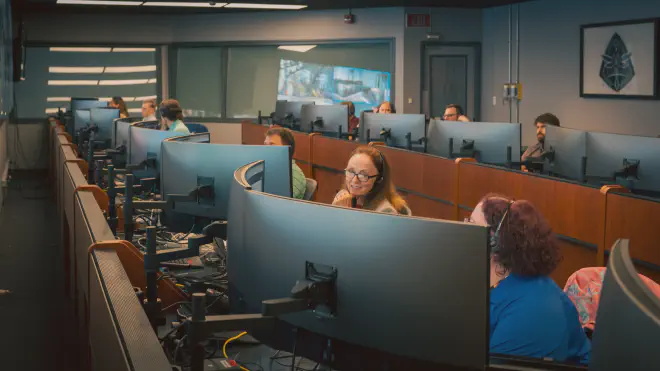
“The replacement SRV performed perfectly after liquid oxygen load into the Centaur tank,” said David Gwaltney, CCP interim Launch Vehicle Systems Office deputy manager. “The other team members ensured the pre-launch testing for the thrust vector control and the engine cooldown purges in preparation for launch were proceeding properly. Everyone was extremely happy when the launch successfully occurred on the third attempt.”
Understandably, the HOSC is always a hive of activity on launch day, resulting in a sense of pride and accomplishment for the support team for their contributions toward successful NASA missions. However, the crew flight test of the Starliner was different.
“Each and every Commercial Crew Program mission is special in its own way, especially as we continue to forge a new era of spaceflight while working with commercial partners,” said Maggie Freeman, a program analyst supporting the Launch Vehicle Systems Office within CCP at Marshall. “The crew flight test launch is particularly special to us because it is the first time we have crew aboard the Atlas V on a CCP mission. We were extremely excited to support launch and watch them safely board the International Space Station.”
Critical Hardware Delivery #
Marshall also used the mission to deliver hardware to the space station – a replacement for the Urine Processor Pump Control Processor Assembly (PCPA). A malfunctioning pump necessitated an expedited delivery, NASA officials said June 7, requiring a cargo change for the mission. The PCPA converts the crew’s urine into drinkable water.
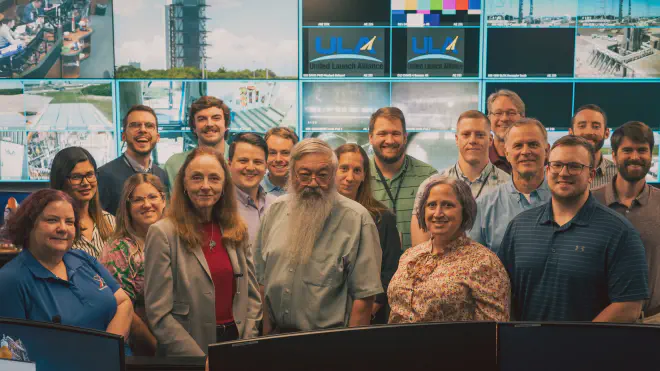
“This component is critical for space station operations and CFT was the first available mission providing an opportunity for the replacement to be delivered,” Freeman said. “Due to the PCPA being a large piece of hardware, the ISS, Boeing, and CCP teams assessed the cargo swap requirements and exercised tremendous agility in performing a rapid turnaround to ensure that ISS operations would be maintained.”
Pre-Flight Test Readiness Review #
The launch would not have happened without the certification efforts supported by the Marshall CCP team. The first Marshall Center Director CFT Pre-Flight Test Readiness Review was successfully completed in April. After the initial launch attempt May 6, the integrated Boeing, ULA, and CCP teams worked diligently to ensure crew safety remained the top priority. A second round of test readiness was scheduled, with the Marshall CCP team conducting a Marshall Center Director CFT delta pre-flight test readiness review in late May.
For Starliner, the Marshall team’s primary focus was on the certification of the spacecraft’s thrusters, which are the propulsion systems used for translational and rotational control of the spacecraft while on-orbit. The thrusters are essential to mission success, ensuring the spacecraft can get from its initial insertion orbit to the space station and then back to Earth with precisely controlled burns.
Boeing contracted with NASA to use the ULA Atlas V rocket to launch Starliner into orbit. Marshall’s Launch Vehicle Propulsion team evaluated the propulsion systems for the rocket to certify they were ready to launch astronauts to the space station.
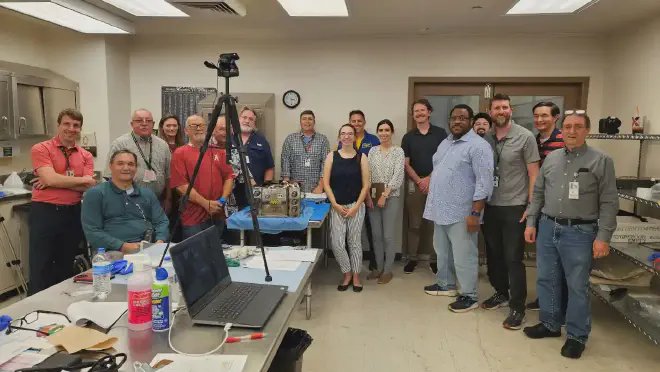
“This includes following any build issues, evaluating any changes to the vehicles, and working with our partners to ensure that the launch vehicle is ready to fly,” said Miranda Holton, CCP Launch Vehicle Propulsion Systems manager.
The HOSC provides engineering and mission operations support for the space station, the Commercial Crew Program, and Artemis missions, as well as science and technology demonstration missions. The Payload Operations Integration Center within HOSC operates, plans, and coordinates the science experiments onboard the space station 365 days a year, 24 hours a day.
Wayne Smith, who is a a Media Fusion employee and the Marshall Star editor, supports the Marshall Office of Communications.
- The article Shining Stars: Marshall Teams Support Successful Crew Flight Test, was published in Nasa’s website
